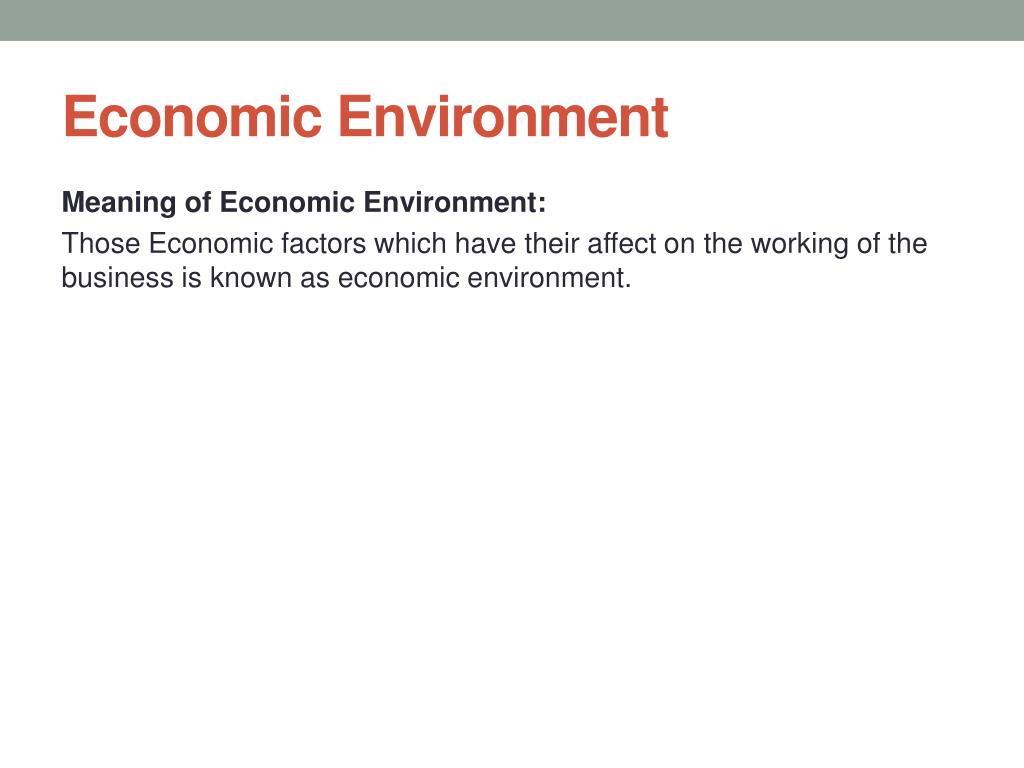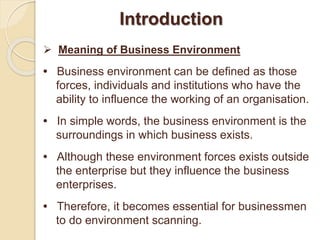The business environment refers to the various external and internal factors that can impact an organization's operations and performance. These factors can include economic, technological, political, cultural, social, and legal elements, as well as the organization's own internal structure and culture. Understanding the business environment is essential for any organization, as it helps inform decision-making and strategy, and can also help to identify opportunities and threats.
One key aspect of the business environment is the economic climate. This includes factors such as interest rates, inflation, and the level of economic growth, which can all impact an organization's financial performance. For example, a recession can lead to reduced demand for a company's products or services, while high interest rates can increase the cost of borrowing for the organization.
Another important element of the business environment is technology. Rapid technological advances can create new opportunities for organizations, but they can also disrupt existing business models and lead to increased competition. For example, the rise of e-commerce has revolutionized the way many businesses operate, but it has also led to the emergence of new online competitors.
Political factors, such as government policies and regulations, can also impact an organization's operations. For example, trade policies and tariffs can affect an organization's ability to import or export goods, while regulatory changes can impact the way a business operates.
Cultural and social factors, such as demographic trends and societal values, can also influence an organization's performance. For example, a company that operates in a region with a rapidly aging population may need to adapt its products or services to meet the needs of an older customer base.
The legal environment is another important element of the business environment. This includes laws and regulations that govern business activities, such as employment laws, consumer protection laws, and health and safety regulations.
In addition to external factors, the internal structure and culture of an organization can also impact its performance. For example, a hierarchical organizational structure may be less adaptable to change than a flat, decentralized structure. Similarly, a company with a strong corporate culture that values innovation and risk-taking may be better able to adapt to changing market conditions than one with a more rigid culture.
Overall, the business environment is a complex and dynamic system that can have a significant impact on an organization's operations and performance. Understanding and navigating this environment is essential for any organization that wants to succeed in today's competitive business landscape.








